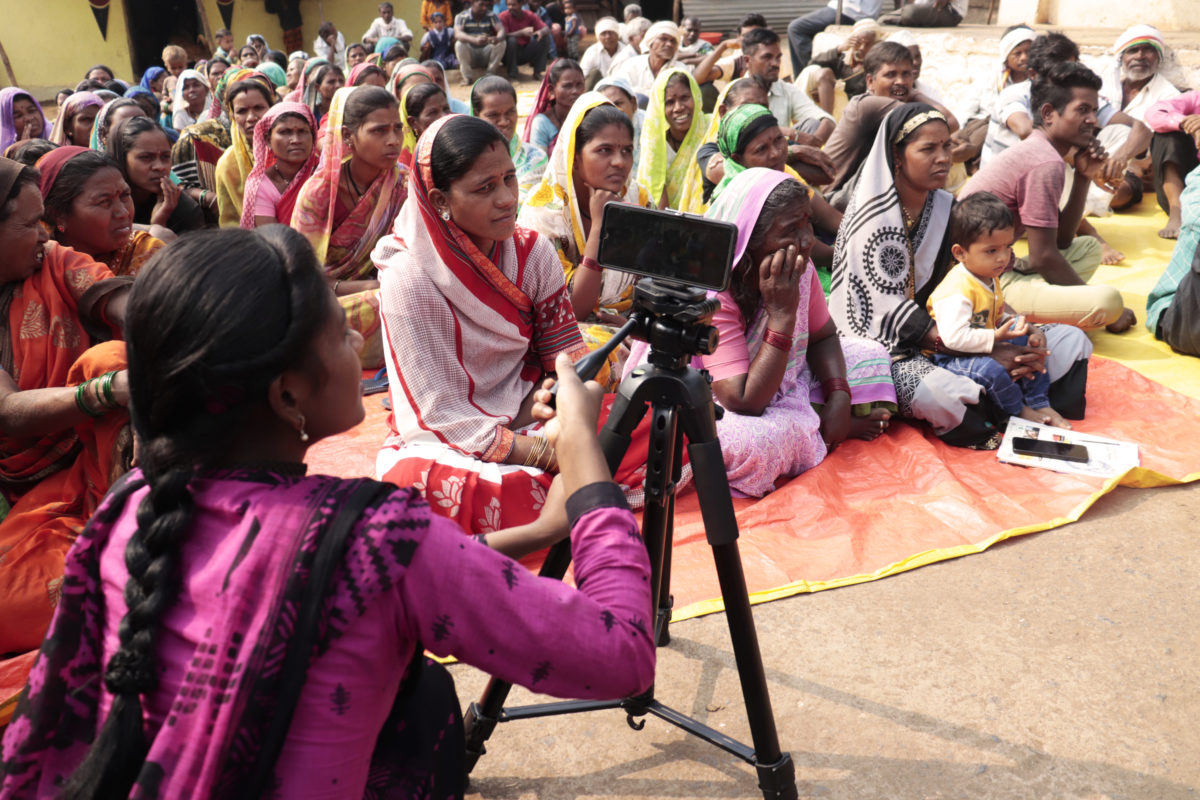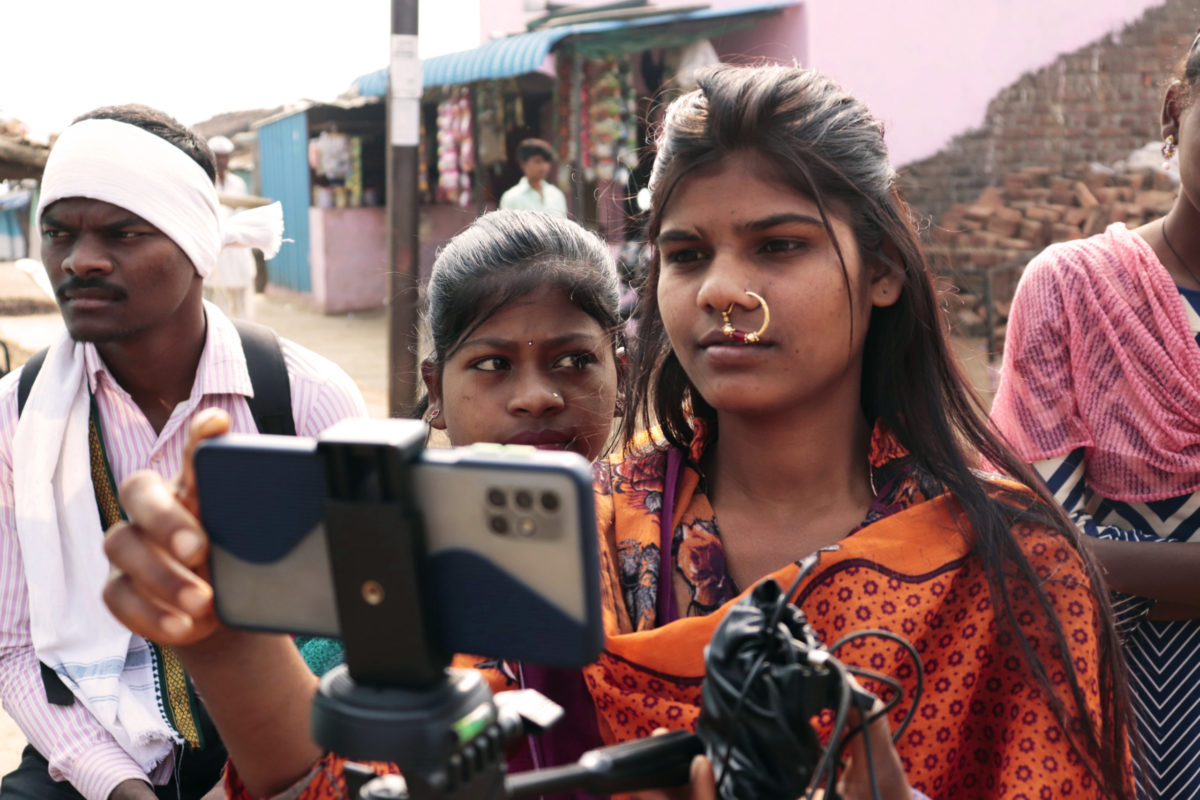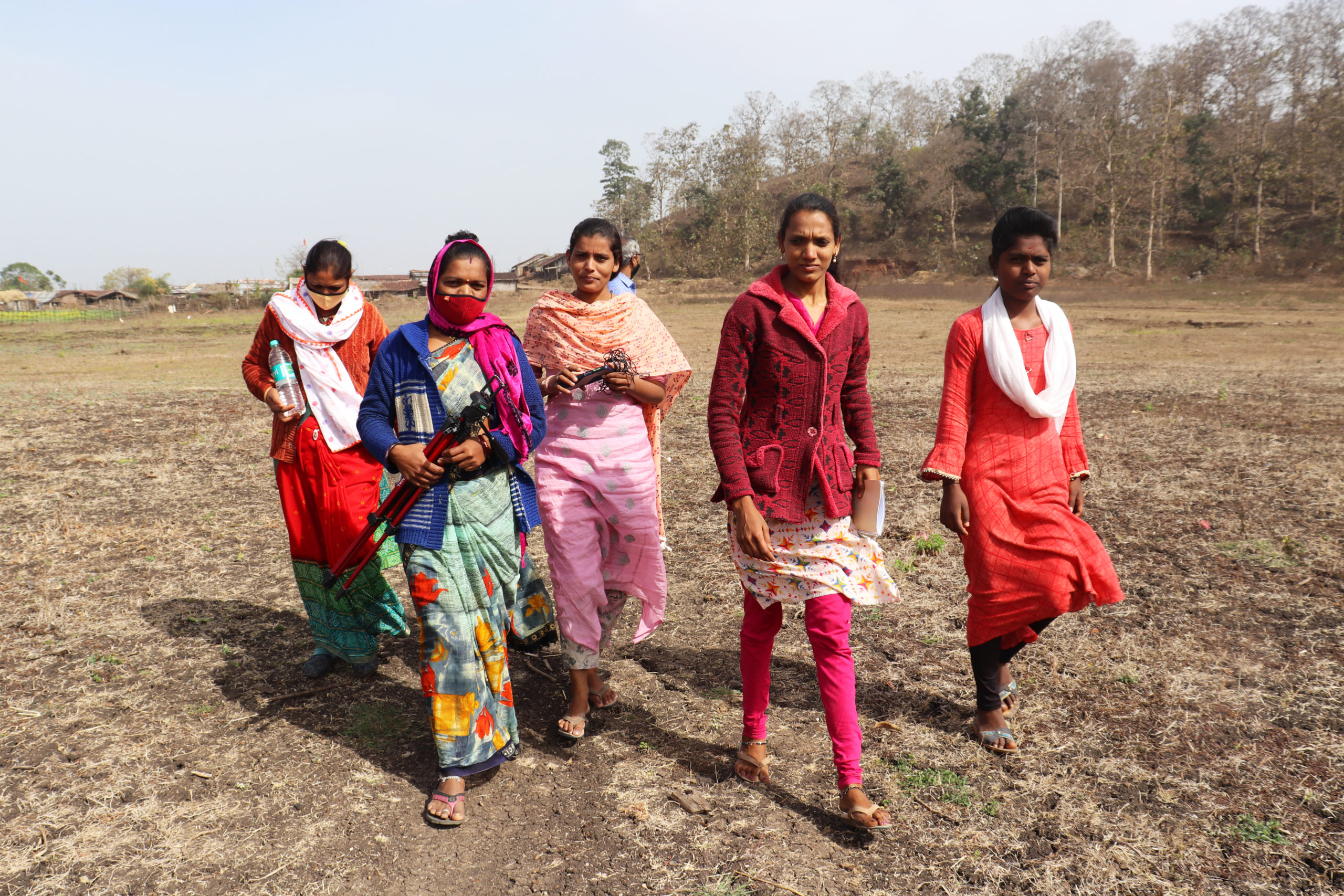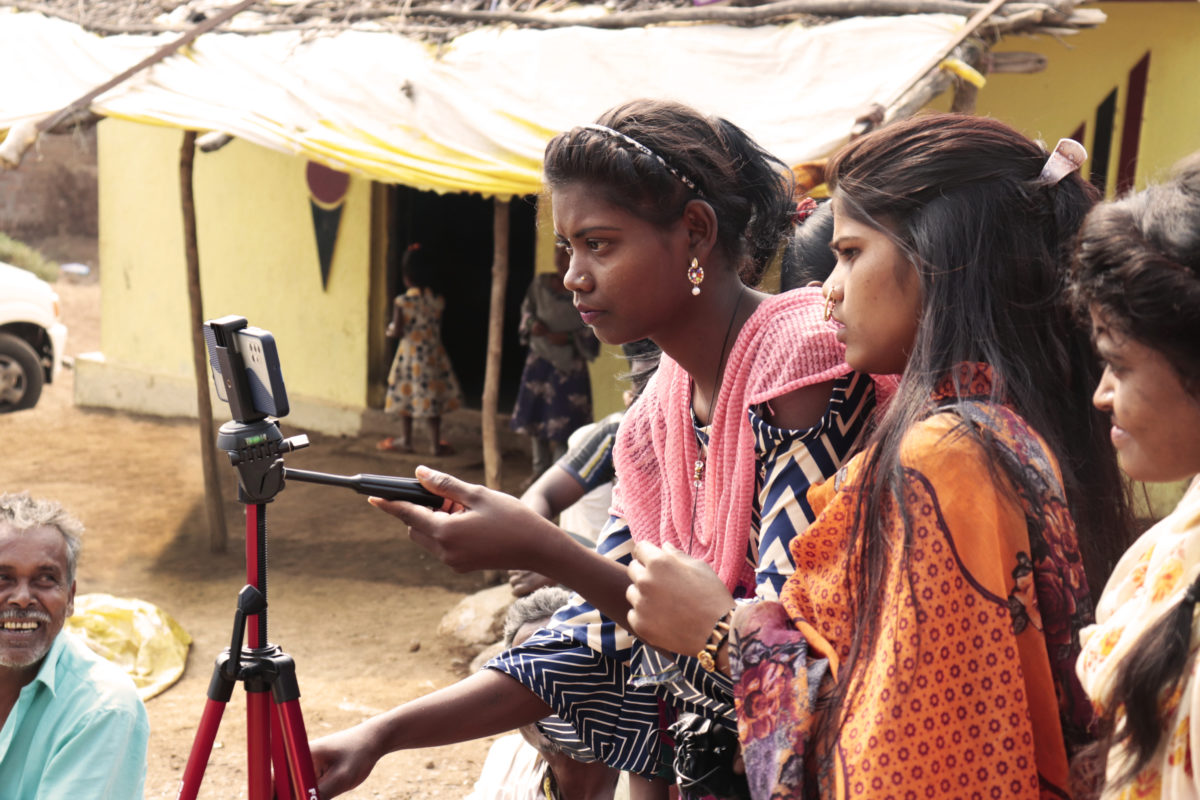The Kesharpur Village is a windy, 15-minute drive on a rutted, unpaved path off the main highway in Chikhaldara Taluka of Amravati district in Maharashtra, India. This forest-dwelling tribal community has lived in this area for hundreds of years. During the rainy season, flooding can make reaching the village impossible.
This past summer, community members worked together to build a pipeline through their village so each home could have its own water pump. In coordination with the local government, Water For People helped build a water tower and implement a chlorinated water filter system.
The official ribbon cutting was a cause for much celebration—with good reason! Not only is there drinking water, but it’s close. Having water pumps accessible in each home is life-changing—women and girls no longer have to walk miles to get water daily. It means they can go to school or take on work to help provide for their families.
It means instead of finding water, they can find their voice.
Part of Water For People’s system-change approach involves community and governmental collaboration around the structural work for water access. This approach goes further by developing change agents and advocates within the communities themselves.
In partnership with a local NGO that uses media to give a voice to marginalized groups, Water For People hosted a series of workshops for women and girls in Kesharpur to learn how to write a script to convey a story or message and use cameras, video, and editing software to create a short film. The goal: create connection and education around the social context of water in the village.


Fourteen girls participated by interviewing their neighbors and community members, collecting footage, and weaving it all together into a film that helped promote the behavior change needed to incorporate healthy habits involving their new access points—conserving water, retaining water and growing kitchen gardens, the role water plays in sanitation and hygiene. The group hosted a screening followed by a dialogue after.
The girls came away with ideas for their own future and ways to continue to strengthen their communities. Some said they would like to start a YouTube channel and keep making videos. Others said they would make videos and hold group discussions with villagers to sensitize them to socially relevant issues. Still others wanted to establish a studio in partnership with the local government. They see themselves as leaders, changemakers, and artists.
We celebrate these young women who become change agents in their communities, who take opportunities like this and dream up ways to make their world—and ours—stronger.


